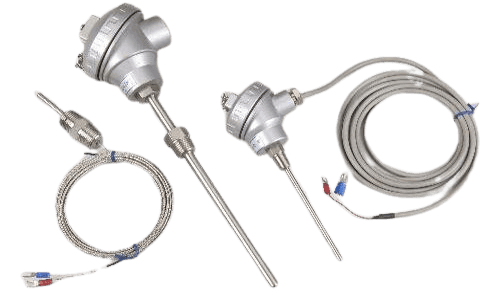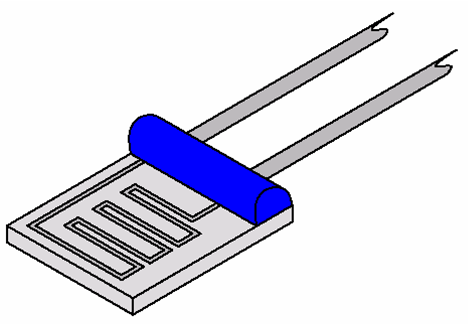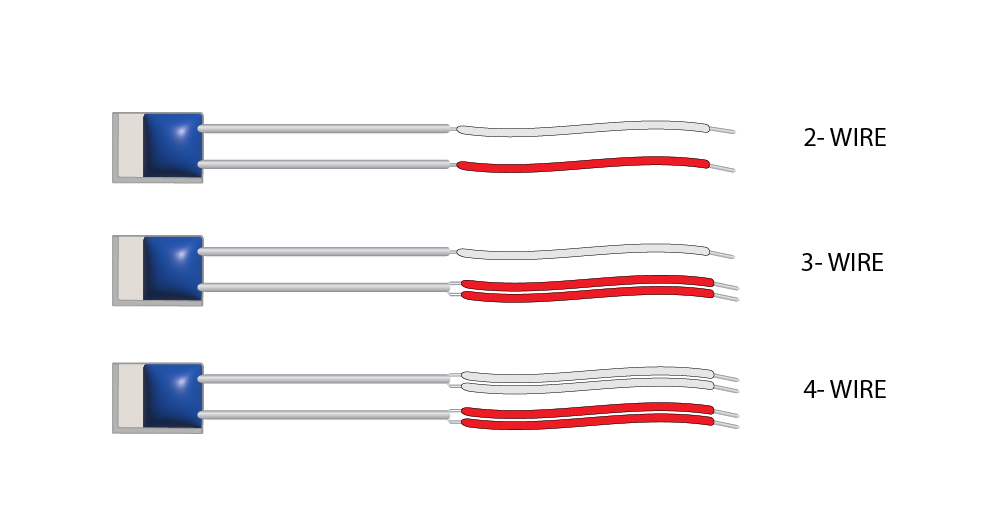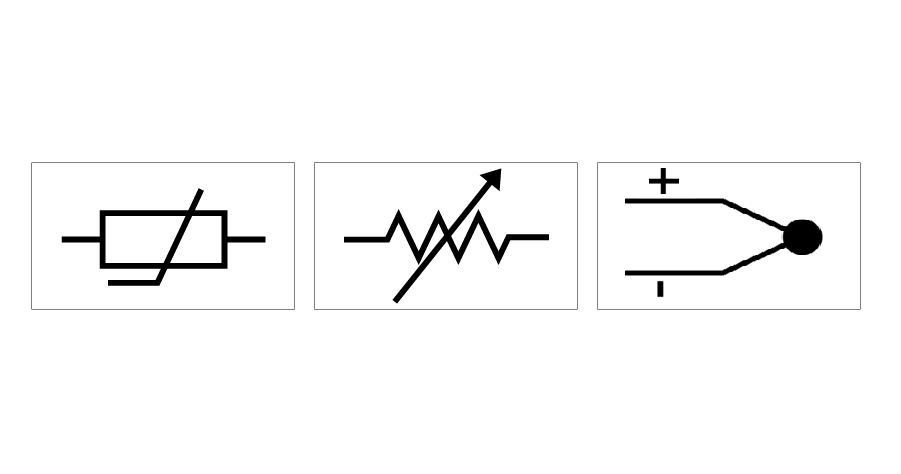Measurement of temperature is considered to be the most vital function in manufacturing and HVAC systems as well as in food production, scientific research, and much more. In various temperature sensors used, the PT100 temperature sensor can be ranked at the top level as being very reliable and accurate for measuring temperatures. When one looks for accuracy and reliability, one has to understand what PT100 sensors are. So here’s everything one needs to know about PT100 temperature sensors.
What is a PT100 Temperature Sensor?
The PT100 is a resistance temperature detector or a type of sensor that indicates by relating the amount of resistance a sensor’s platinum element has toward the temperature change. Here, “PT” stands for platinum, while “100” is the point at which this sensor has its 100-ohm resistance at 0°C.
PT100 sensors are the best in terms of stability, repetition, and accuracy, making them be used in industrial applications, where precise temperature values are needed.
How Does a PT100 Temperature Sensor Work?
PT100 sensors are based on the principle wherein the resistance of platinum increases with temperature. This linear correspondence between resistance and temperature makes it possible to have a high accuracy of measurement over a wide range.
For instance,
- At 0°C, the resistance of the sensor is 100 ohms.
- At 100°C, the resistance is about 138.5 ohms.
This relationship is used by the sensor to convert changes in resistance into temperature values that can be shown on a monitor or incorporated into control systems.
Key Features of PT100 Temperature Sensors
- High Precision: PT100 sensors offer accurate readings, with variations usually below ±0.1°C.
- Broad Temperature Range: They can measure temperatures from -200°C to +850°C, depending on the type.
- 3. Ruggedness: The use of platinum and rugged construction ensures durability, even in hostile environments.
- Interchangeability: PT100 sensors are available according to international standards, so they can be interchanged from one system to another without problems of calibration.
- 5. Linear Output: The linear variation between resistance and temperature ensures easy, consistent, and readable output.
Applications of PT100 Sensors
PT100 temperature sensors are highly versatile and applied in various industrial fields:
- Industrial Processes: Measuring temperature in machinery, chemical reactions, and manufacturing processes.
- HVAC Systems: Efficient heating, ventilation, and air conditioning.
- Food and Beverage: Precise temperatures during food production and storage.
- Healthcare: Medical equipment such as incubators and sterilizers.
- Energy Sector: Monitoring temperature in power plants and renewable energy systems.
Advantages of PT100 Temperature Sensors
- Reliability: PT100 sensors are reliable and maintain accuracy over time, which means less frequent recalibration.
- 2. Safety: The precision ensures that the processes run within safe temperature ranges and do not get overheated or frozen.
- Energy Efficiency: Accurate temperature control leads to optimized energy usage in industrial and commercial settings.
- Compatibility: PT100 sensors are compatible with most temperature controllers and monitoring systems.
Maintenance and Troubleshooting Tips
To ensure the longevity and accuracy of your PT100 temperature sensor:
- Regularly inspect the sensor for physical damage.
- Verify resistance readings using a multimeter to detect faults.
- Avoid exposing the sensor to conditions beyond its specified range.
- Replace the sensor if the readings are drastically deviating from the expected values.
Why Select PT100 Sensors by Metalogic Sensors?
We at Metalogic Sensors manufacture high-class PT100 temperature sensors that cater to the heavy requirements of industrial and commercial purposes. Our precision-engineered sensors provide the best reliability in performance and make them ideal for professionals seeking accuracy and durability.
The PT100 temperature sensor is still the go-to tool in the modern monitoring of temperatures; it boasts unmatched precision and dependability. Let it be an upgrade of your prevailing environmental system or starting a new one, Metalogic Sensors will help you achieve top-notch performance and peace of mind in your chosen project.







